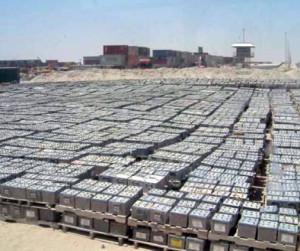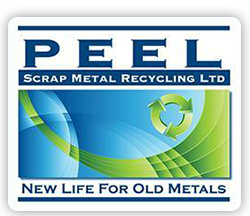One of the best-kept secrets with respect to all of the various recycling programs in effect is the absolute success of lead acid battery recycling. More than 97% of all battery lead is recycled making lead acid batteries the most highly recycled consumer product. scrap yard
19th Century Technology – 21st Century Utility
The lead acid battery has been around for a while. It was discovered in 1859 by a French physicist and is the oldest type of rechargeable battery. With a high power-to-weight ratio and a cost that is economical, lead-acid batteries have provided a practical and efficient power solution for many different applications. Scrap Yard Brampton
As highly regulated products, lead acid batteries typically move through what is called a closed-loop life cycle. Whenever a spent lead acid battery is collected and recycled, the reclaimed lead and plastic is sent back to a battery manufacturer to produce new batteries. The process goes on indefinitely. Scrap Yard Etobicoke
In fact, a new battery contains 60% to 80% recycled plastic and lead. Moreover, the production of recycled lead requires only 35 to 40% of the energy needed to produce lead from ore.
 The Lead Acid Batteries Recycling Process
The Lead Acid Batteries Recycling Process
If you have ever wondered how the lead acid battery recycling process works, it’s really quite simple. When a lead acid battery is sent to a battery recycler, it is first broken apart by a hammer mill which pulverizes the battery into small pieces. These battery pieces are then sent to a vat where the lead and heavy materials sink to the bottom and the lighter plastic pieces float on top. Scrap Yard in Burlington
Once separated, the plastic can be scooped-up and sent for further processing and when the vat is drained, the lead and other heavy metals can be collected and also sent for further processing.
By the way, the acid in these batteries is also recycled. It can either be neutralized and turned into water or converted to a sulfate which has been used in various products such as laundry soap, glass, and textiles.
Strong Stewardship By The Batteries Industry
The battery industry has for some time taken the lead in the stewardship of its product through its life cycle. They have provided a critical recycling service within stringent environmental regulations.
Guiding the process is Battery Council International, a non-profit trade association for the lead acid battery industry. They can be found at http://www.batterycouncil.org
